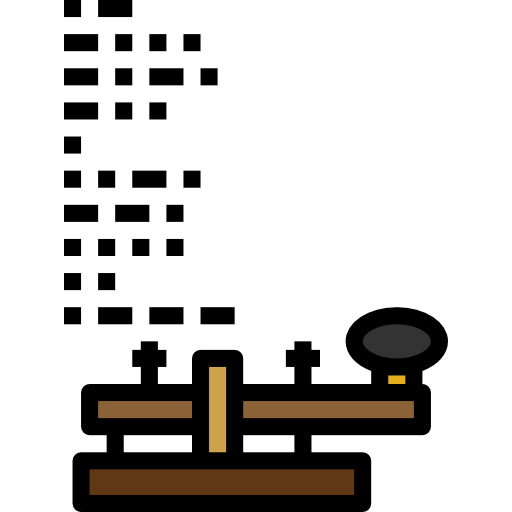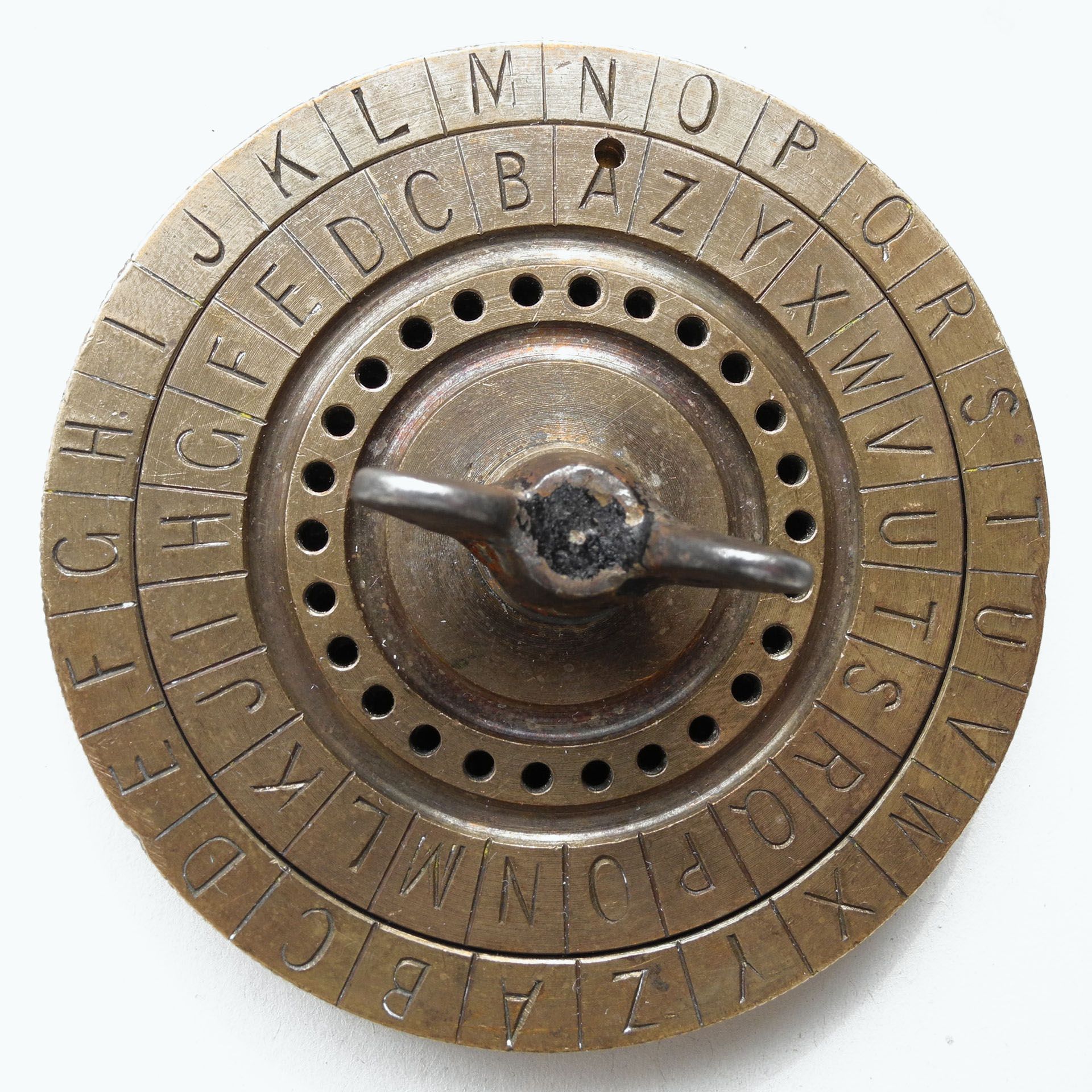Basic Programing Construct (ii): Functions
Functions are yet another construct found in all types of programming languages.
Functions allow the coder to name useful chunks of code so that they can use them repeatedly without having to type the whole thing out each time.
Believe it or not? Functions are nothing new & we have used functions before this chapter.
e.g. serial.print("Text");
ReturnType FunctionName (ArgumentType Argument) {
Statements...;
}

Benefits of using Functions:
- It helps you (Programmer) stay organized, especially when working as a team. In addition, it is easier to maintain the codebase.
- Modifying in one location reduces the chances of error. And invoking function allows you to quickly test out changes without much impact.
- Reducing similar code will ultimately lead to a smaller sketch output file (firmware).
- Promote sharing & reusing of code in another project.
Special functions - Operators
We have seen Comparison as well as Boolean operators in our previous chapter. Now we are going to discuss yet another type of operator. Arithmetic operator.
| Operator Symbol | Operator Name | Description |
|---|---|---|
| = | Assignment operator | Stores the value to the right of the equal sign in the variable to the left of the equal sign. |
| + | Addition | Adds two operands. |
| - | Subtraction | Subtracts second operand from the first. |
| * | Multiplication | Multiply both operands. |
| / | Division | Divide first operand (numerator) by the second operand (denominator). |
| % | Modulo | Modulus Operator and remainder after an integer division. |
All the Arithmetic operator symbol comes as no surprises. except for Multiplication, Division & Modulo.




